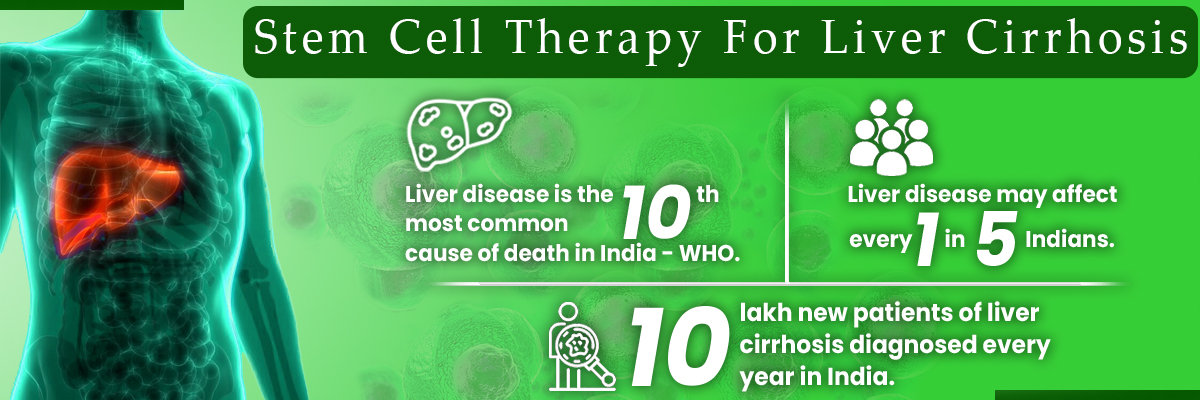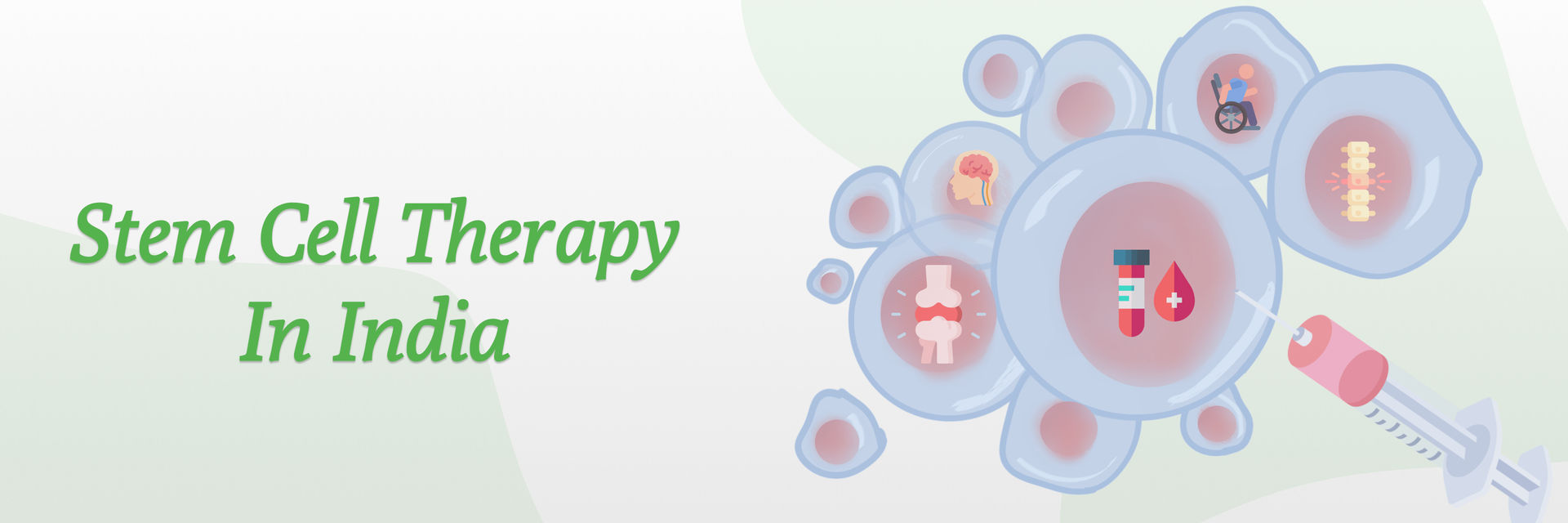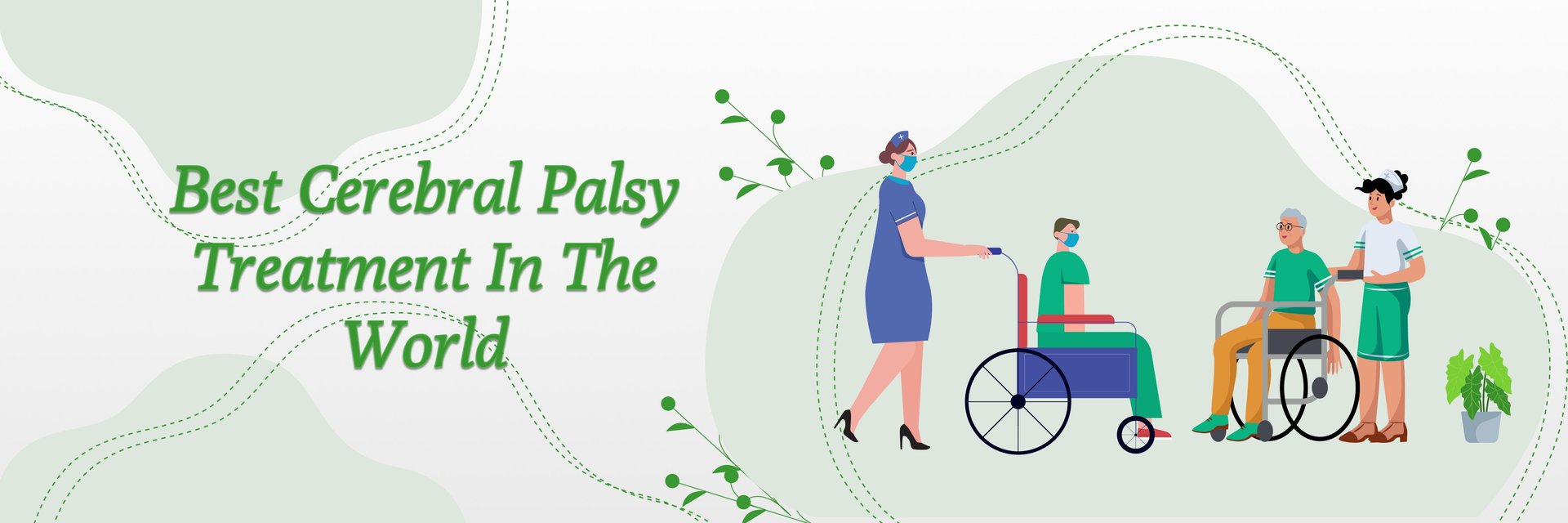Introduction:
Did you know that lung cancer is one of the most prevalent and deadliest cancers globally? Each year, over 2.2 million new lung cancer cases are diagnosed, leading to approximately 1.8 million deaths worldwide. In India, lung cancer ranks as the second most common cancer among men and the fourth among women. According to GLOBOCAN 2020, India reported over 70,000 new lung cancer cases and more than 63,000 deaths, highlighting the urgent need for advanced lung cancer treatment options.
Despite significant advancements in chemotherapy, radiation, and immunotherapy, the survival rates for advanced-stage lung cancer remain low. Most patients are diagnosed at a late stage, limiting the effectiveness of traditional treatments. This has prompted researchers and clinicians to explore innovative solutions like stem cell therapy for lung cancer.
Stem Cell Therapy for Lung Cancer
Stem cell treatment for lung cancer utilizes the regenerative capabilities of stem cells to potentially repair damaged lung tissues and enhance the outcomes of conventional treatments. There are two primary approaches in development:
1. Targeted Therapy Using Engineered Stem Cells
This involves modifying stem cells to deliver anti-cancer agents directly to tumor sites, minimizing systemic toxicity and maximizing therapeutic effectiveness.
2. Regenerative Therapy for Damaged Lung Tissue
Stem cells, especially mesenchymal stem cells (MSCs), are studied for their potential to regenerate healthy lung tissue and improve lung function in cancer patients.
Curious about how stem cell therapy could help in lung cancer treatment? Take the first step toward hope and healing. Enquire Now and get personalized insights tailored to your condition. Book online doctor consultation with top doctors in minutes on our platform.

Current Status of Stem Cell Therapy for Lung Cancer
Stem cell therapy for lung cancer is still in its experimental stages and has not yet received FDA approval. However, multiple clinical trials for lung cancer stem cell therapy are underway globally. In India, institutions like StemRx Bioscience Solutions, led by Dr. Pradeep Mahajan, are at the forefront of regenerative medicine research.
Is Stem Cell Therapy an Option for Stage 4 Lung Cancer?
Stage 4 lung cancer, where cancer has spread to other organs, is typically treated with palliative care. However, stem cell therapy is emerging as a potential supportive treatment to improve patient outcomes.
While not a cure, stem cell therapy for stage 4 lung cancer in India is gaining attention for its ability to:
- Improve lung function by regenerating damaged tissues
- Relieve symptoms like breathlessness and fatigue
- Potentially reduce tumor burden through targeted delivery (in experimental models)
- Enhance quality of life by reducing side effects and supporting overall well-being
Though still experimental, stem cell therapy offers a promising adjunct approach when used alongside conventional treatments. Always consult with a specialist to explore eligibility and safety.
Clinical Benefits of Stem Cell Therapy for Lung Cancer
Stem cell therapy is emerging as a powerful, patient-centric approach in the treatment of lung cancer, especially in cases where conventional therapies have limited effectiveness. Below are the key clinical benefits that make stem cell treatment an appealing option for patients and researchers alike:
- Regenerative Potential: Stem cells can repair and regenerate lung tissue damaged by cancer and previous treatments.
- Fewer Side Effects: Compared to chemotherapy and radiation, stem cell therapy has fewer adverse effects, improving patient comfort.
- Personalized Treatment: With potential for genetic matching and customization, stem cell therapy offers a personalized approach to lung cancer care.
Take the first step toward advanced care and a better future.Book Now to schedule your consultation and speak with our specialists today.

Future Prospects of Stem Cell Therapy in Lung Cancer
The future of stem cell therapy for lung cancer looks promising, especially when combined with:
- Immunotherapy – Enhances immune response against cancer.
- Gene Editing (CRISPR) – Makes stem cells more precise and effective.
- Precision Medicine – Tailors treatment to a patient’s genetic profile.
With ongoing research and investment, these advanced therapies could significantly improve outcomes and survival rates in the coming years.
Ready for a New Approach to Lung Cancer Treatment? Book your consultation with top hospitals and specialists today.
Limitations and Risks of Stem Cell Therapy for Lung Cancer
While stem cell therapy for lung cancer shows great promise, there are several limitations and risks to consider:
- Unproven Long-Term Effectiveness
Currently, stem cell therapy remains experimental, with limited large-scale clinical studies to confirm its long-term safety and efficacy. More research is needed to fully understand how well it works for lung cancer, especially in advanced stages.
- High Cost of Treatment in India
Stem cell therapy can be cost-prohibitive for many patients in India. Treatment costs typically range from INR 5 to 25 lakhs, depending on the hospital, technology used, and treatment protocol. This limits accessibility for a large portion of the population.
- Limited Accessibility
Only a few specialized centers in India offer advanced stem cell therapies for lung cancer. Many hospitals are still not equipped with the necessary infrastructure or expertise, making it difficult for patients in remote or underserved areas to access this treatment.
Contact ClinicSpots today to explore your treatment options and understand the costs of advanced stem cell therapies in India.
Cost and Accessibility of Stem Cell Therapy for Lung Cancer
- Cost of Treatment
The cost of stem cell therapy for lung cancer in India varies widely based on the clinic, type of stem cells used, and the complexity of the procedure. On average, treatment can range between INR 5 lakhs to 25 lakhs. This makes it significantly more affordable than in Western countries but still costly for many Indian patients.
- Accessibility
While India is emerging as a hub for regenerative medicine, access to advanced lung cancer stem cell treatments is still limited to a few specialized centers in metro cities. Patients in rural or semi-urban areas may face challenges in reaching qualified providers or enrolling in clinical trials.
Efforts are ongoing to expand accessibility and reduce costs, but widespread adoption will depend on continued research, regulatory support, and infrastructure development.
Conclusion
Stem cell therapy for lung cancer in India offers a beacon of hope for patients seeking more personalized, regenerative, and less toxic treatment options. While still in the experimental phase, its potential to revolutionize lung cancer care in India and globally is undeniable.
If you or a loved one is battling lung cancer, especially in its advanced stages, consult with a specialist in regenerative medicine. Learn how stem cell therapy may provide a new path to healing and a better quality of life.
References:







